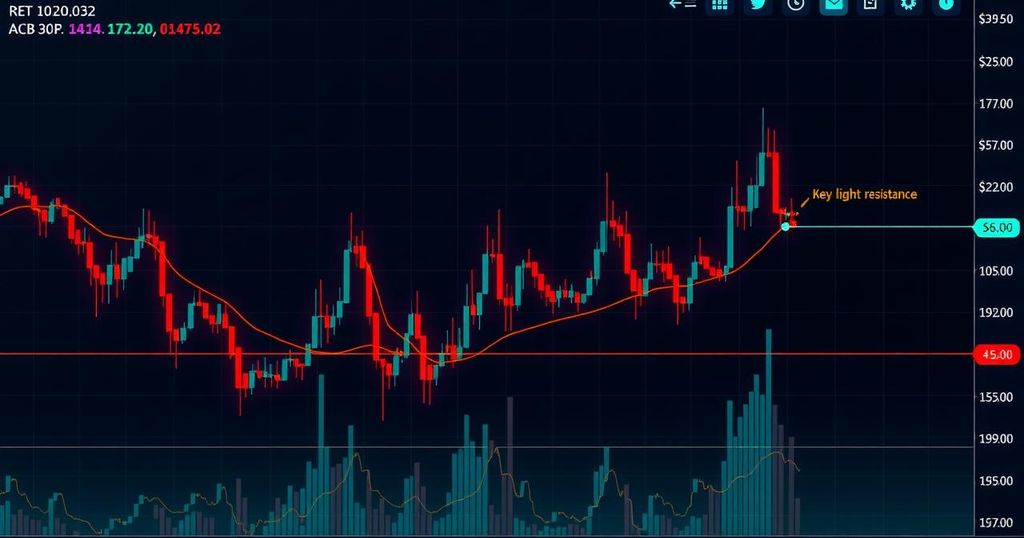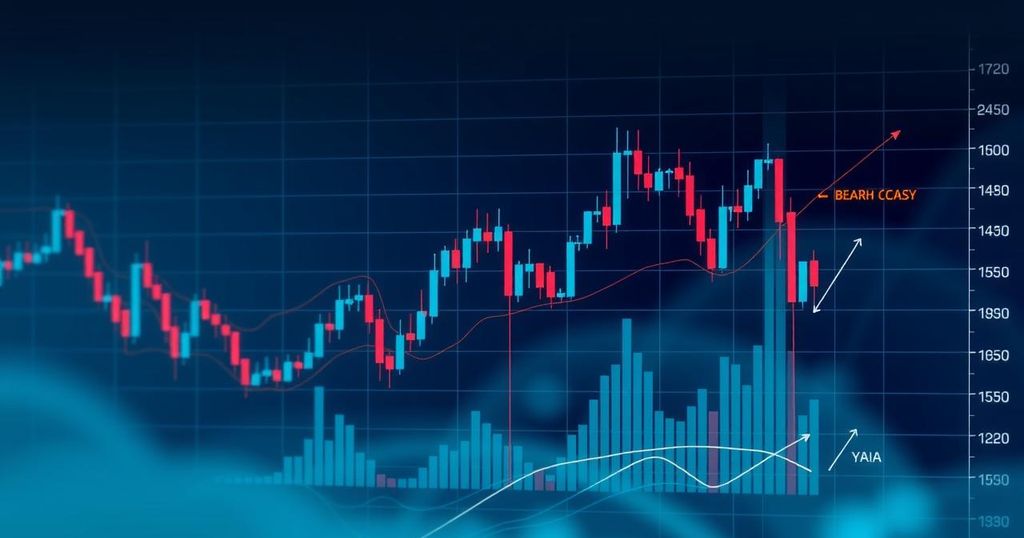Reasons Bitcoin Struggles to Break the $90K Resistance Level
Bitcoin is struggling to surpass the $90,000 resistance level due to persistent sell-side pressure from short-term holders, reduced liquidity in the market, and a decline in new demand. These factors have created a challenging environment for price recovery, highlighting the current bearish sentiment among investors.
Bitcoin’s attempt to surpass the $90,000 threshold has faced three critical challenges. Since reaching a peak of $88,752 on March 24, the cryptocurrency has shown a downward trend, forming lower highs and lows on the hourly chart. As the end of the week approaches, Bitcoin has struggled to break the $88,000 resistance, diminishing prospects for a retest of $90,000 before the end of the first quarter.
First, the persistent sell-side pressure from short-term holders (STHs) is influencing Bitcoin’s pricing dynamics. According to Glassnode’s report, a significant amount of Bitcoin is held by investors who purchased it at higher prices, creating a top-heavy market. These short-term holders have experienced severe price corrections since the market’s last peak, leading to increased selling activity.
Furthermore, Bitcoin’s accumulation trend score has remained low, indicating a dominant selling environment rather than accumulation. Specifically, the score has been below 0.1 since Bitcoin’s price fell from $108,000 to a range of $93,000-$97,000, which signifies intense selling pressure from short-term investors.
Second, the contraction of liquidity conditions is contributing to Bitcoin’s inability to breach the $90,000 mark. Recent data reveals that on-chain transfer volumes have plummeted to $5.2 billion per day, a stark 47% decrease from the peak during the all-time highs. Additionally, the number of active addresses has decreased by 18%, dropping from 950,000 in November 2024 to 780,000.
Moreover, the open interest in the BTC futures market has decreased by 24%, transitioning from $71.85 billion to $54.65 billion. This deleveraging trend, along with a mere 2.5% of Bitcoin’s total supply operating in profit during the correction, limits the market’s ability to rally past $90,000. Insufficient buy orders to balance sell orders exacerbate this situation.
Lastly, there is a noticeable decline in new demand for Bitcoin. Glassnode’s analysis indicates that the current bull cycle lacks fresh capital entering the market, which is vital for driving prices upwards. The Cost Basis Distribution (CBD) Heatmap further illustrates supply concentration at higher price levels without significant buyer influx at lower prices.
Macroeconomic uncertainty has further discouraged new investors, leading to net capital outflows, which is evident when comparing the short-term holder cost basis of one week to one month against that of one to three months. Despite these challenges, analysts remain hopeful that prolonged accumulation could eventually lead to improved market conditions for a renewed demand surge once a strong upward trend emerges.
In summary, Bitcoin faces significant challenges in breaking through the $90,000 resistance level due to persistent selling pressure from short-term holders, a contraction of liquidity, and a lack of new demand. These factors contribute to a market environment that is currently unfavorable for significant price increases. Observing the behavior of both short-term investors and the overall liquidity will be crucial as the market evolves in the coming weeks.
Original Source: www.tradingview.com








Post Comment